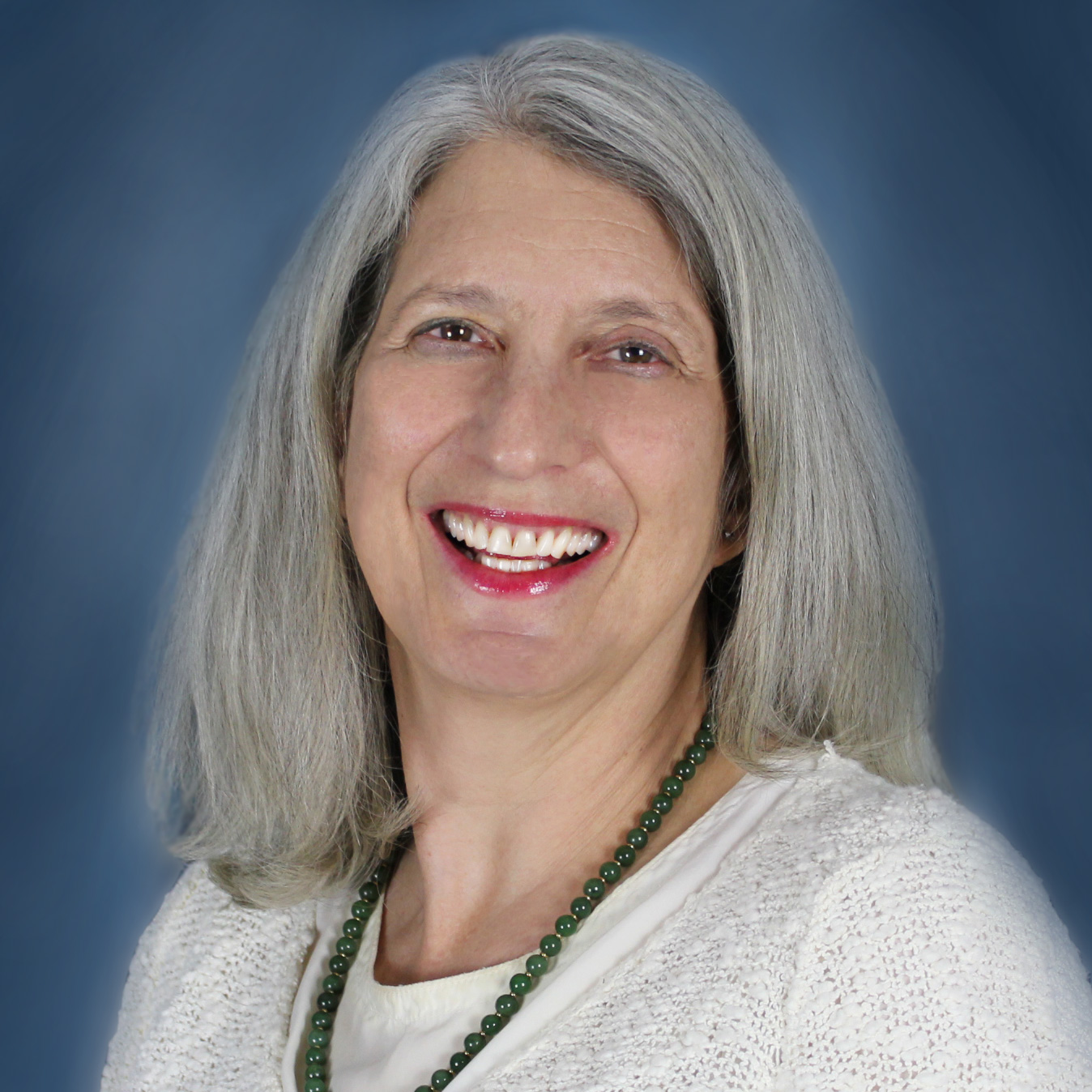How You Can Help Stop Sexual Violence at School
Educators can help prevent sexual harm in schools. Join SSAIS at AFT TEACH 2025 for practical tools to build safer, more supportive classrooms.

What does it take to make every student feel seen, safe, and supported at school?
Share
July 23, 2025
Educators can help prevent sexual harm in schools. Join SSAIS at AFT TEACH 2025 for practical tools to build safer, more supportive classrooms.
Share
By Heidi Goldstein
As teachers and school staff prepare to return to the classroom for the 2025-26 school year, many are re-evaluating the materials, tools and techniques they will use to engage K-12 students in the important business of learning. Irrespective of subject matter, classroom conduct and student safety stand out as paramount concerns in this fifth post-pandemic year. Although circumstances have calmed somewhat from the return to the classroom from pandemic-related remote learning, the data on prevalence of sexual harassment and childhood sexual assault (CSA) affecting our students under age 18 remains grim.
While experts agree that the incidence of sexual harm is far greater than what is reported, the frequency and severity of reported CSA incidents affecting K-12 students in the U.S. is disturbing. According to the Rape, Abuse and Incest National Network, an incident of childhood sexual assault occurs once every nine minutes in the U.S., approximately 58,400 reported cases annually. Of these, 66 percent of the victims are between the ages of 12 and 17, and 34 percent are under age 12. Of those most vulnerable, between the ages of 7 and 13, The National Center for Victims of Crime estimates that 1 in 5 (20 percent) girls and 1 in 20 (5 percent) boys are affected.
The adverse impacts are readily observed: Young people become sad, withdrawn, isolated and hopeless, sometimes angry and disruptive. In school, their enthusiasm, focus and participation in academics is often impaired, and their engagement in other school-based enrichment opportunities such as sports, music or arts programming falls off. Unaddressed incidents of CSA introduce skewed community norms of acceptable behaviors and lead youth to develop unhealthy ideas about relationships and intimacy at a time when they are first exploring and experiencing these concepts for themselves. Unchecked, these distorted beliefs manifest in additional violence in adulthood.
As trusted adults, teachers and school staff are in a unique position to implement classroom practices that divert, disrupt and minimize the likelihood of student-on-student sexual harm, addressing problematic behaviors before they evolve into harmful incidents. With a clear understanding of the differences in scope between mandated reporting versus the school/district non-harassment and non-discrimination policies and processes, educators can also be more effective in helping students quickly secure the support they need to be safe and continue their education.
Here is a sample of the top field-tested recommendations for K-12 educators who want to up their game:
For practical tools on student safety, sexual-harm prevention, and securing district-level support, dive into the materials from our AFT TEACH session, “Responding to Sexual Harm in School: Practical Tools for Educators.” The full slide deck, case studies, and resource list are now open to everyone—just follow this link.

Heidi Goldstein, Board Chair a Stop Sexual Assault in Schools, has been deeply embedded in K-12 public school operations since 2016 as a Personnel Commissioner to Berkeley (CA) Unified School District and through her management and organizational consulting work to both public and charter schools in California. Her professional and personal advocacy work is centered in creating environments, systems and processes that support people in recognizing and pursuing their full potential. She is a vigorous advocate for gender and economic equity. In 2014 she collaborated with students at Berkeley (CA) High School to establish the grassroots advocacy group BHS Stop Harassing (BHSSH), whose work to support targets of sexual harassment, state and local policy change, and education and empowerment of students to improve school climate has been recognized by awards and grants from national organizations including Equal Rights Advocates and Futures Without Violence. In addition to serving as an Adult Advisor to BHSSH, she has been an active member of the Berkeley Unified School District (BUSD) Sexual Harassment Advisory Committee since 2014 and was appointed by the CA Superintendent for Public Instruction in 2016 to serve as the neutral appointee to the BUSD Personnel Commission..
